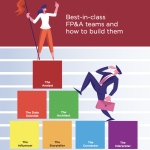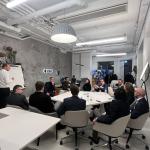The International FP&A Board continues to explore the growing importance of building optimised-to-perform FP&A teams and evolving FP&A roles. Copenhagen became our 14th chapter, where we focused on the five essential FP&A team roles.
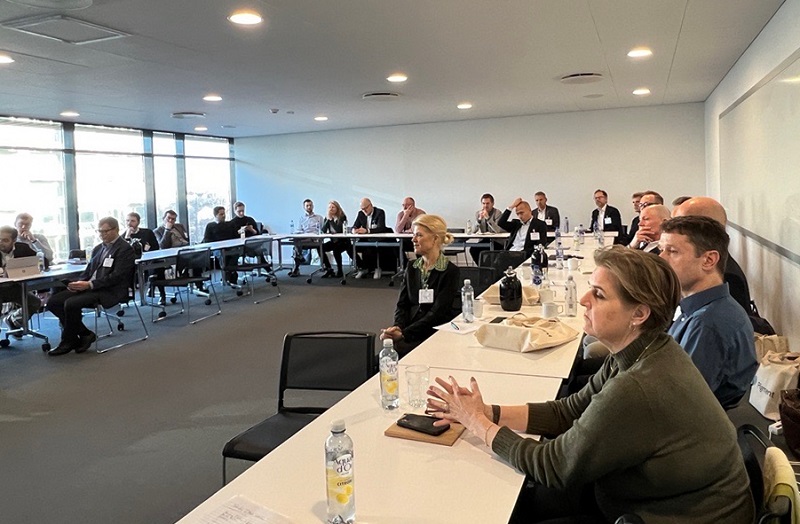
Figure 1: Copenhagen FP&A Board, January 2024
After a short pause since the previous meeting, the Copenhagen FP&A Board once again welcomed senior finance leaders from this Nordic capital. We gathered on January 25, 2024, in a prominent venue called Business Centre Winghouse. 34 FP&A leaders from such companies as Carlsberg, Maersk, Lego Group, Novo Nordisk, Svitzer, Ramboll Group, Vestas, Demant, Topsoe, StormGeo and many others attended this forum, and we are grateful to everyone who joined us then.
The 6th Copenhagen FP&A Board was proudly sponsored by Pigment in partnership with IWG and CFO People.
This report briefly summarises the key takeaways from this meeting.
Understanding the Crucial Skillsets for FP&A Professionals
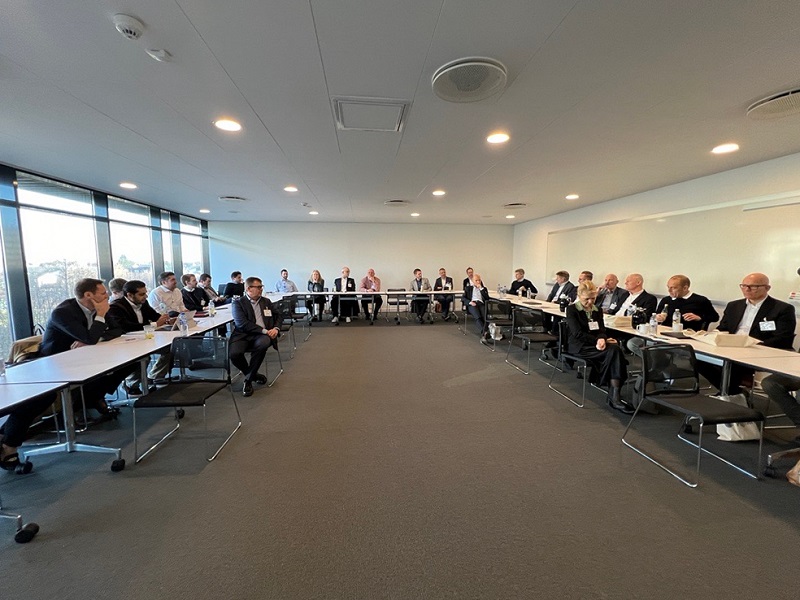
Figure 2: Copenhagen FP&A Board, January 2024
The insights the International FP&A Board members shared at the previous meetings allowed us to compile the list of core competencies for a modern FP&A professional. We have identified the seven core skills required to navigate the ever-evolving business landscape:
- Emotional Intelligence
- Storytelling with Data
- Business Partnering
- Business Acumen
- Data Analytics
- Technological Acumen
- Scenario Building
At the beginning of the meeting, the Copenhagen FP&A Board members explored these necessary competencies and highlighted that holistic thinking, agility, value creation and curiosity are equally important for our industry.
Do You Have All These FP&A Team Roles in Your Organisation?
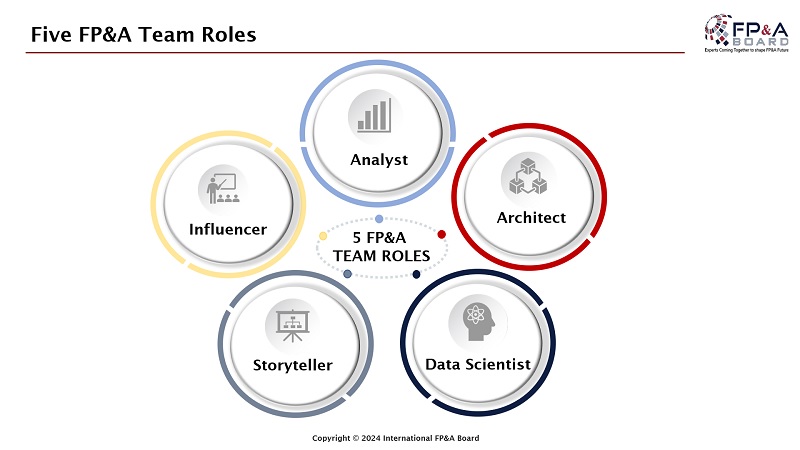
Figure 3
After the introductions and a short input from the discussion facilitator, the attendees deep-dived into the specifics of five crucial FP&A team roles. At first, we focused on the technical roles already familiar to most people in FP&A - analyst, data scientist, and architect. While the responsibilities of the first role are clear, we dedicated more time to the other two.
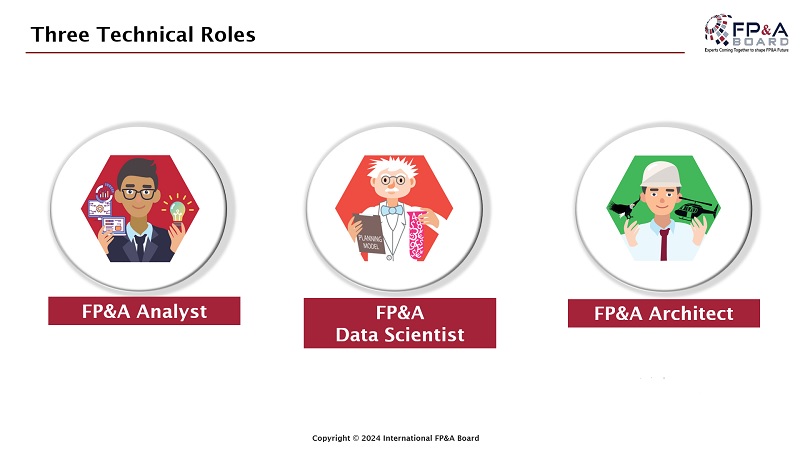
Figure 4
Data scientists bridge Finance and Data Science functions and integrate Artificial Intelligence (AI)I/Machine Learning (ML)/optimisation/statistical modelling in the organisation's operations. They are also responsible for master data management, which makes them crucial for handling abundant data.
The architect is the bridge between Finance and IT functions. They harmonise planning processes and create driver-based, real-time, analytic models. That allows them to have a helicopter view of the organisation's operations.
Following the discussion on three technical roles, the forum swiftly transitioned to the "soft" ones - FP&A Storyteller and FP&A Influencer.
The Storytellers deliver compelling insights and visualisation to support the story, while the Influencers can influence the business without formal authority.
Last but not least, we have also explored the two emerging roles - FP&A Connector and FP&A Interpreter. The Connector's functions include understanding the whole business and connecting the dots across the organisation. They link everyone and everything within the company.
Contrary to them, FP&A Interpreters understand the operations of analysts and the business, visualisation techniques and different audiences. These people provide the raw material for storytellers.
Group Work and Networking
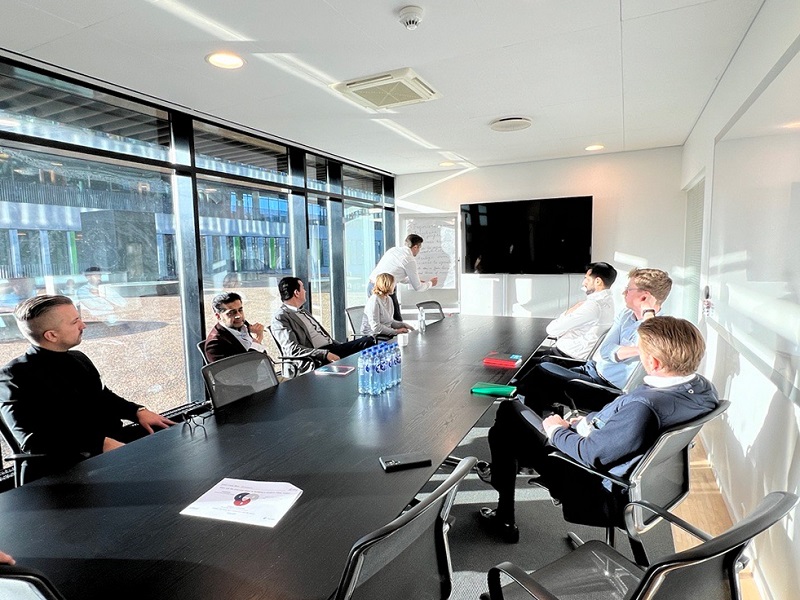
Figure 5: Group Work, Copenhagen FP&A Board, January 2024
A truly dynamic discussion came to an end, and the participants were asked to share their thoughts about the three aspects of building a modern FP&A team - leadership, Business Partnering, and essential skills.
Some of the most vital insights heard during Group Work were as follows:
- We have to develop a strategic vision for our teams and organisations
- Getting buy-in from the business is crucial
- Business acumen and its continuous development can aid the business greatly
The meeting rounded up with lively networking, where senior FP&A leaders could share their feedback with fellow professionals.


